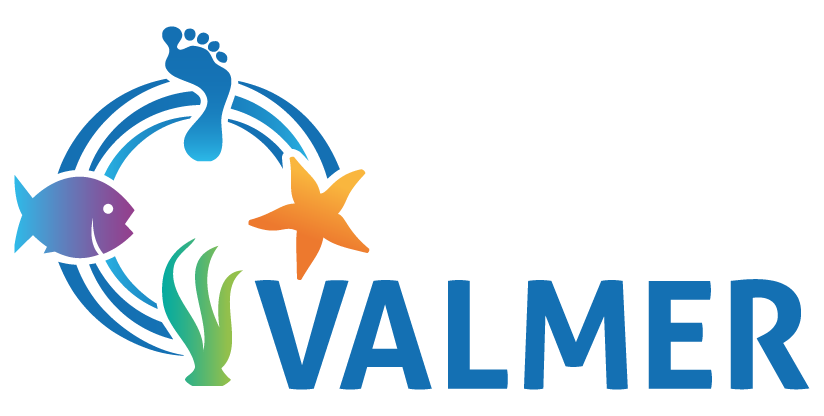Building site based scenarios
Summary
Tools and approaches for the implementation in the VALMER project.
Herry, J., W. Dodds, M. Philippe and A. Winder (2014) INTERREG IV A France (Channel) – England Project.
The way we make decisions relating to the coastal and marine environment has seen a gradu-al change over a number of years and the involvement of people and those affected by the decisions has become more prominent. One way of involving stakeholders actively is to in-volve them with building the route to possible outcomes or developing ‘scenarios’. These guidelines have been published to support the delivery of the European Union funded Inter-reg IVa Channel VALMER project and it is hoped they may provide general help for others looking to involve people in natural resource management decisions. The VALMER project is looking at assessing and valuing ecosystem services within six case study sites within the Western Channel. The project seeks to recognise how natural systems and processes provide us with a vast range of important ecosystem services and benefits (economic, social and envi-ronmental) and will explore ways to assess and communicate their value, both in monetary and non-monetary ways.
A key component in VALMER is engaging various audiences and stakeholders. The use of scenarios has been chosen deliberately in the project, as it is seen as an effective way of mov-ing from a theoretical framework to the influencing the delivery of policy. Stakeholder en-gagement, via scenario building exercises, will utilise ecosystem service assessments and val-uations to explore stakeholder views and preferences on various management options and trade-offs. Good stakeholder engagement can give a sense of ownership of the process that will give the opportunity for better delivery of policy.




